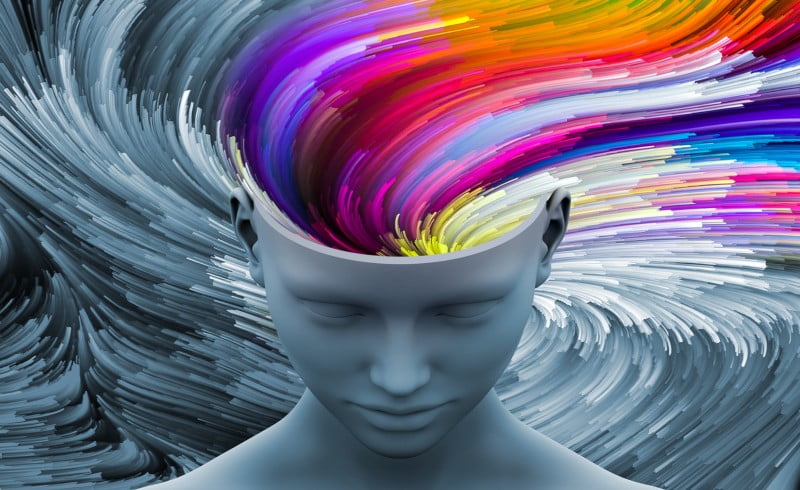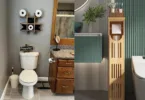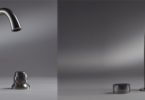There are a host of changes you can make to your environment to in some way alter the state of your mental health, for better or for worse. One of the frequently underutilized ways to limit your environment’s effects on your mental health is the use of color: color has been shown to have a profound effect on mood and thought processes, and you can use this finding to your advantage to more thoroughly support your mental health. From décor to artwork, there are a plethora of ways you can enjoy the positive effects of color psychology.
Mental Health and Design: Using Color to Improve Your Mood
Color Psychology: the Basics
Color psychology has been used in a variety of settings, including clinical applications. Because bodies of research have determined that color can play an important role in your overall mood and perception, psychologists and other mental health professionals have sought to use this to their advantage, and create therapies working with color, while delivering therapy in settings that provide a sense of ease, contentment, or peace. Color’s mood-changing effects have been studied by advertisers and commercials groups, as well, in order to manipulate the way people feel about certain ideas and products.
Colors are not intense boosts to or detractors from mood; instead, color offers a usually-unacknowledged or unrecognized response, that works subliminally more than anything else. Logo design, wall color, and even font color have long been used to take advantage of the many discoveries found in the study of color and psychological response. Whether you are looking for a color to help motivate your morning workouts, or you are looking for a way to support your relationship health, color psychology may be able to have a positive effect on your mental health.
How to Use Color Psychology
Using color psychology does not require special training or complex systems. There are numerous avenues in which you can apply color psychology to change your mood and support your mental health, including the following:
Using Color at Home
Wall color is the most common way to utilize color psychology to change or influence mood and thought processes, because it may provide the most intense effect. Blue and green are the two colors most frequently used to instill a sense of peace, growth, or tranquility in a home, whether they are used in a large application such as a wall, or are used in accents, such as color shades in furniture, wall art, or even shades found elsewhere, such as rugs, large appliances, and curtains.
If peace and tranquility are not of interest, consider warmer tones and the feelings they invoke. Red has often been used in bedrooms to encourage a feeling of passion or excitement. Because red walls can be extremely intense and inspire feelings of anger rather than passion, many proponents of color psychology encourage the use of red or pink as an accent color in a bedroom, such as in throw pillows or blankets, wall hangings, or even frames of windows, paintings, and mirrors.
Using Color at Work
Some colors can create a sense of motivation more effectively than others and can lend to or detract from experiencing productivity while at work. Orange is often used as an excitatory color that does not inspire the same intense response as red, but packs quite a punch, nonetheless. Yellow is similarly useful, and can help you feel more alert or more awake. Using orange and yellow in decor at your place of work can lead to greater productivity and can help encourage feelings of being awake or alert.
Conversely, if you work in a high-stress environment, using green, blue, and purple may be helpful in allowing you to relax more or feel more at ease in stressful situations. Doctor’s offices, mental health practitioner’s offices, and schools often use these colors to counteract the nerves that often accompany being in each of these locations.
Changing Time and Application
Color psychology can be used at varying times and in varying intensities. Many people change out seasonal colors to create a more distinct sensation of comfort, coziness, warmth, or excitement, and many people rely on color to feel relaxed after a long day or awake soon after getting up each morning. Color psychology does not provide an exact science with which to work regarding mood shifts, but can provide a simple framework to begin experimenting with how colors impact you and your mood.
Author Bio: Marie Miguel has been a writing and research expert for nearly a decade, covering a variety of health- related topics. Currently, she is contributing to the expansion and growth of a free online mental health resource with Mind-Diagnostics.org. With an interest and dedication to addressing stigmas associated with mental health, she continues to specifically target subjects related to anxiety and depression.








Leave a Comment
You must be logged in to post a comment.